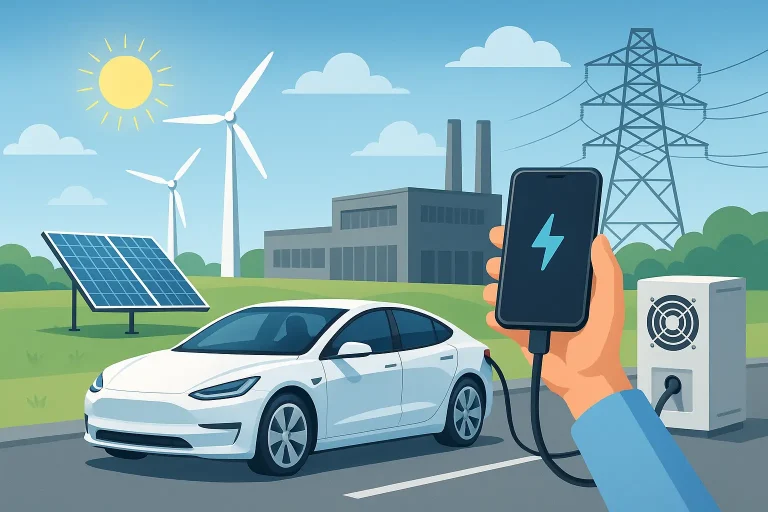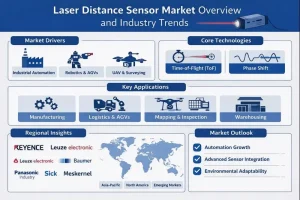Exploring Next-Generation Power Electronics Trends
Power electronics trends have become a pivotal area of innovation as industries worldwide seek more efficient, reliable, and sustainable energy solutions. These trends are shaping the future of how electrical energy is converted, distributed, and used across countless applications—from electric vehicles and renewable energy systems to consumer electronics and industrial automation. Understanding the latest advances in power electronics is essential for engineers, manufacturers, and policymakers as they navigate this dynamic technological landscape.
The Rise of Wide Bandgap Semiconductors
One of the most significant power electronics trends is the increasing adoption of wide bandgap (WBG) semiconductor materials, such as silicon carbide (SiC) and gallium nitride (GaN). These materials surpass traditional silicon-based devices in several key areas. WBG semiconductors can handle higher voltages, operate at higher temperatures, and switch faster with lower energy loss. As a result, they enable power converters and inverters to become more compact, efficient, and reliable.
For example, electric vehicle manufacturers are leveraging SiC technology to reduce the size and weight of inverters while improving the vehicle’s driving range. Similarly, GaN devices are making strides in fast-charging adapters and high-frequency power supplies, leading to smaller and cooler-running chargers for smartphones and laptops. The trend toward wide bandgap semiconductors is expected to accelerate as costs decrease and production scales up.
Integration and Miniaturization with Advanced Packaging
Another vital aspect of current power electronics trends is the drive toward greater integration and miniaturization. Power electronics systems are being designed with advanced packaging techniques that combine multiple components into highly integrated modules. These modules reduce parasitic inductance and resistance, improving overall performance and reliability.
By integrating power transistors, diodes, and passive components into compact packages, manufacturers can deliver power conversion systems with smaller footprints and enhanced thermal management. This not only benefits consumer devices where space is at a premium but also serves industrial applications requiring robust and lightweight power modules. Advanced packaging methods, including embedded components and 3D stacking, are at the forefront of this miniaturization trend.
Enhanced Control and Digitalization
Digital control technologies are transforming power electronics systems by providing more precise and adaptive control capabilities. The incorporation of microcontrollers, digital signal processors (DSPs), and field-programmable gate arrays (FPGAs) enables real-time monitoring, predictive maintenance, and complex control algorithms such as model predictive control and artificial intelligence-based optimization.
Power electronics trends increasingly emphasize smart control systems that improve energy efficiency, enhance protection features, and enable seamless integration with smart grids and renewable energy sources. This digital transformation allows for increased system flexibility, enabling power electronics to respond dynamically to changing load conditions and grid demands.
Sustainability and Energy Harvesting
Sustainability has become a critical driver behind many power electronics trends. As global efforts intensify to reduce carbon emissions and improve energy efficiency, power electronics play a central role in enabling clean energy technologies. Systems that convert solar, wind, and other renewable energy sources into usable power rely heavily on advanced power electronic converters.
In addition to renewable generation, energy harvesting from ambient sources such as vibrations, thermal gradients, and radiofrequency waves is gaining traction. Power electronics innovations are enabling the efficient capture and conversion of low-level energy, powering small electronics and IoT devices without batteries. This trend supports the growing need for self-powered systems in remote and hard-to-access locations.
The Emergence of Solid-State Transformers
Solid-state transformers (SSTs) represent a ground-breaking approach within current power electronics trends. Unlike traditional transformers that rely on magnetic cores and bulky coils, SSTs use power electronic converters to perform voltage transformation with added functionalities such as voltage regulation, power quality improvement, and bidirectional energy flow.
SSTs are key enablers for modernizing electrical grids, particularly in supporting distributed energy resources and microgrids. They offer faster response times, lower energy losses, and improved controllability, making them an essential element of the smart grid infrastructure. Research and development in SST technology suggest these devices will become more widespread as costs decline and reliability improves.
Challenges and Future Outlook
Despite these exciting advances, the next generation of power electronics faces several challenges. Key issues include managing thermal performance as devices become more compact and powerful, lowering manufacturing costs for sophisticated materials, and ensuring system reliability over long operating lifetimes. Additionally, interoperability and cybersecurity in digitally controlled power electronics systems pose emerging concerns.
Looking ahead, power electronics trends will continue to drive innovation in power density, efficiency, and intelligence. The convergence of semiconductor advancements, digital controls, and system integration will open new possibilities in electric mobility, grid modernization, and beyond. Stakeholders across engineering and technology sectors must remain vigilant and adaptive to harness these developments effectively.
In summary, the evolving landscape of power electronics trends is marked by a shift toward high-performance semiconductor materials, increased integration, smart digital controls, and sustainability-focused solutions. These advances underscore the critical role power electronics will play in meeting the global demands for cleaner, smarter, and more efficient electrical energy systems. As these technologies mature, they promise to transform how energy is managed across a broad spectrum of applications, fostering a more resilient and sustainable energy future.




